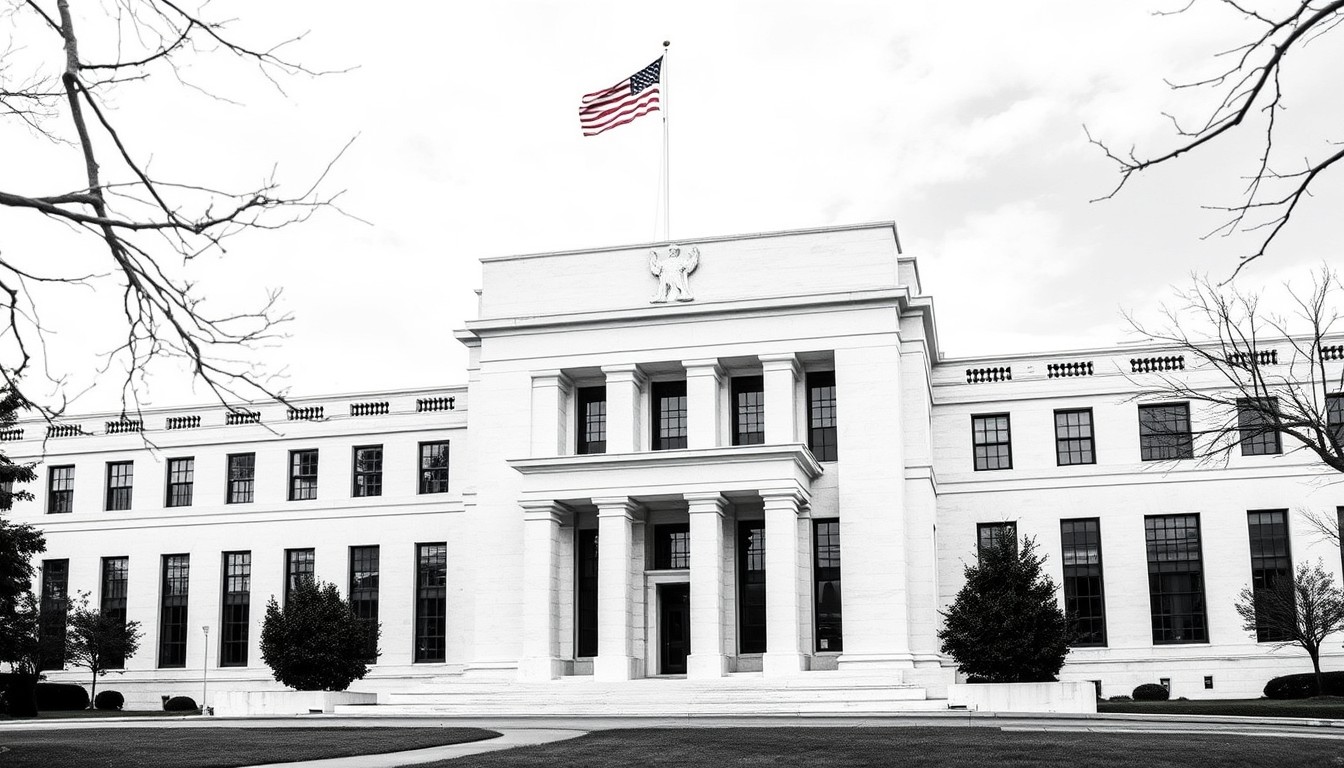
Potential Challenges for the Federal Reserve Due to Tariffs, Says Jerome Powell
The head of the Federal Reserve, Jerome Powell, has stated that the central bank may face complex scenarios related to the implementation of trade tariffs. Powell pointed out that the increase in import tariffs could significantly impact the economy, complicating the task of controlling inflation and maintaining economic growth.
Continue reading
Trump's Auto Tariffs Could Benefit Rental Car Companies
Recent changes in U.S. economic and trade policies regarding auto tariffs could positively affect car rental companies. The tariffs proposed by former President Donald Trump could potentially raise prices on new vehicles and, consequently, on rental cars.
Continue reading
Tariffs on Imports: A Major Factor in the Shaky Housing Market
In recent months, the American housing market has faced a number of challenges, including soaring interest rates, reduced housing availability, and declining home prices. However, new economic conditions and tariffs on construction materials may exacerbate the situation even further. Analysts note that the imposition of tariffs could significantly influence the instability of the housing market and lead it to a new level of uncertainty.
Continue reading
Egg and Beef Prices Continue to Rise: What's Happening in the Food Market?
Recent analysis shows that egg prices remain high, but this is not the only product experiencing increased costs. The price of beef is also rising, raising concerns among consumers and economic specialists. Last year, the situation regarding egg prices was particularly critical, as costs surged to record levels due to avian flu outbreaks and other factors affecting production.
Continue reading
Economic Analysis: Expectations on the Impact of Trump's Tax Cuts and Deregulation on Economic Growth
Economists from Goldman Sachs have presented their analysis of the effects of tax reforms and deregulation proposed by the Trump administration on the economic growth of the United States. In their report, they determined that these measures indeed led to an increase in GDP growth rates, but there are also negative aspects related to tariffs that could hinder economic development.
Continue reading
Federal Reserve Makes Interest Rate Decision for November 2024
In fact, the Federal Reserve of the United States is easing its position on raising interest rates for the first time in several months. This is important for the country’s economy, as inflation has been steadily rising and market dynamics have been fluctuating recently. In its latest meeting, the Fed decided to maintain rates at current levels, which was interpreted as a sign of confidence in the resilience of economic growth and possibly reducing inflation expectations.
Continue reading
US Retail Sales Surge: An Unexpected Boost
Recent data on retail sales in the United States revealed an unexpected increase, surprising economists and analysts. According to a report published on Monday, sales rose by 0.6% in August compared to the previous month, significantly above expectations. Economists had previously predicted a mere 0.1% growth.
Continue reading
Increase in US Consumer Sentiment Amid Declining Inflation Expectations
A recent report has shown that consumer confidence in the United States continues to improve, presenting a positive signal for the economy. The primary factor contributing to this enhancement has been the decreasing inflation expectations among the populace. According to a survey conducted by the University of Michigan, the consumer sentiment index rose from 69.5 to 71.3 in September, indicating growing hopes for price stability.
Continue reading
The Federal Reserve Considers Rate Cut to Support the U.S. Economy
In light of the current economic realities, the Federal Reserve (Fed) of the United States is on the verge of making a key decision regarding the potential reduction of interest rates by 0.25% in an attempt to stimulate economic growth and support employment. This decision could have a significant impact on both financial markets and the country's economic situation.
Continue reading
US Trade Deficit Widens to $78.8 Billion - Highest in Two Years
The US trade deficit widened in July 2024, reaching $78.8 billion, marking the highest level in two years. This increase of 11.6% from the previous month came amid a surge in imports that significantly outpaced exports. The widening deficit reflects the economic changes that have occurred in the country and globally in recent months, including shifts in supply chains and changes in consumer demand.
Continue reading